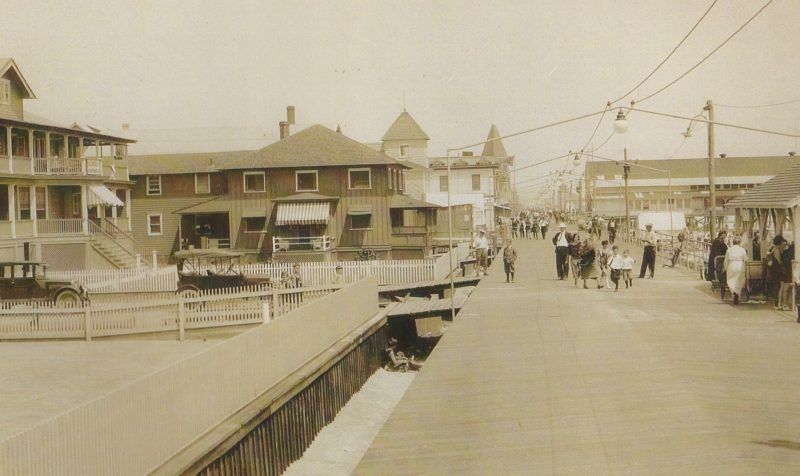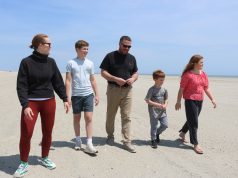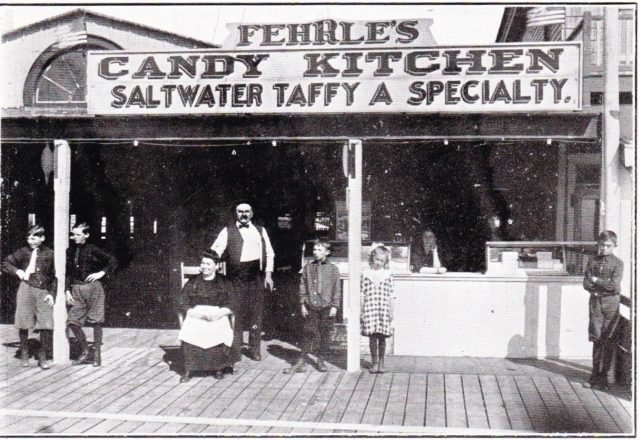
By BOB THIBAULT
It’s gone now.
Swept away by hurricanes, nor’easters, and progress. But a century ago, Sea Isle City boasted a boardwalk every bit as vibrant as today’s Promenade.
Then, as now, the action was centered around Ocean Avenue (today’s JFK Boulevard) with attractions not so different from those of today. Then, as now, there were souvenir and candy shops, retail stores, food stands, ice cream parlors, amusements, and concert venues – all the amenities that make for a festive time at the shore. Then, as now, everybody had fun.
But there were differences, too. Instead of condominiums, the early boardwalk featured full service hotels with bars and dining rooms. Public bath houses, some with salt water baths, seemed especially popular. There were bowling alleys, fishing piers, movie theaters, and more – all within a five-block stretch between about 39th and 44th Streets.
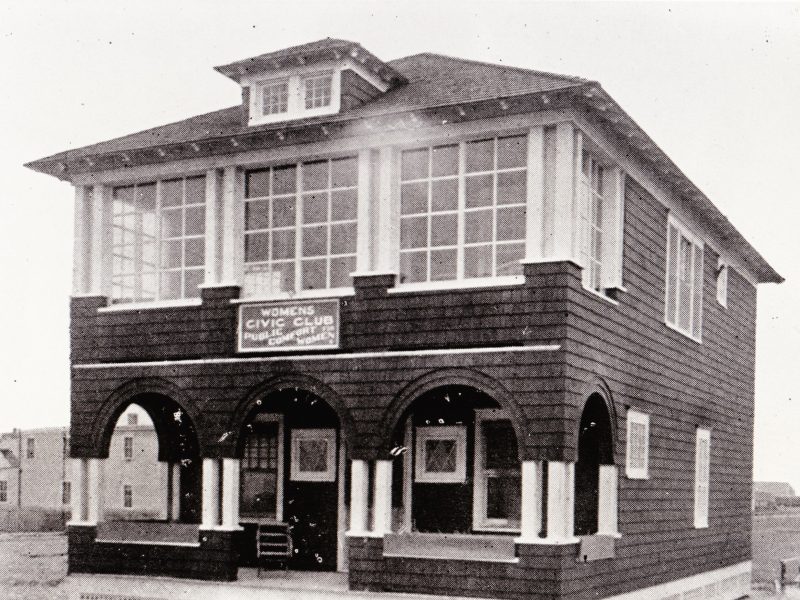
What follows represents a hundred-year-old glimpse into those five central blocks from early survey maps, reminiscences, and photographs found in the Sea Isle City Historical Museum.
The Women’s Civic Club, the oldest community organization in Sea Isle, was granted a charter in 1910 and continues to this day as both a social and a service club run entirely by women. No men were allowed inside its building except during certain days. The building survived for a half-century until the 1962 nor’easter did it in.
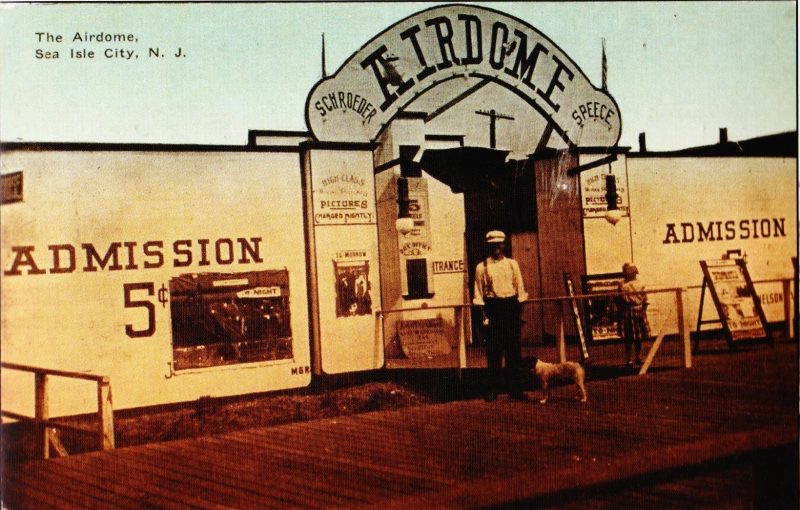
Tucked in among the larger buildings north of Ocean Avenue were many smaller venues.
For example, a circus-size carousel which had stood next to Excursion House in the 1890s had been supplanted by five stores and a shooting gallery. There was once even an “Airdome” – a fancy name for an outdoor movie house in the 1920s.
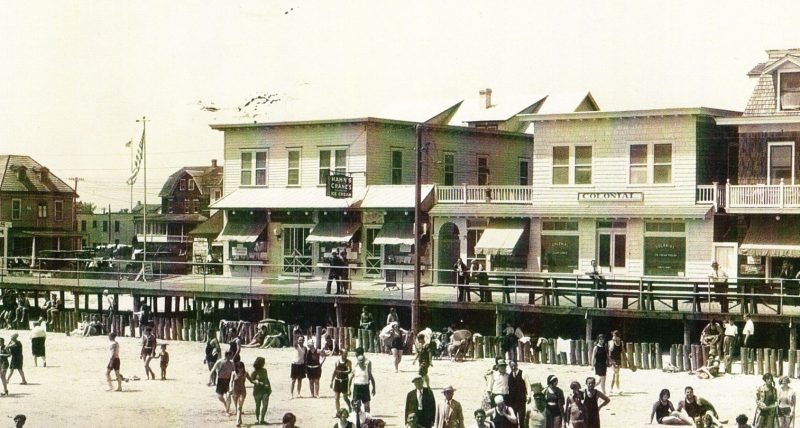
From 43rd Street south, the landscape began to be mostly dominated by private dwellings. One building featuring a pyramid hip roof was Mayor Richard Atwater’s summer “Cottage by the Sea.”
Summing up
Looking back a century, it’s evident that the Sea Isle boardwalk provided plenty of venues for the visitor to relax and be entertained. Excursion House, the Ocean Pier and the bandstand were major attractions.
Surf House and the Hotel Stevens were right in the center of things. Mix in all the rest and you had a perfect complement to the main attraction – which has always been the beach and the ocean.
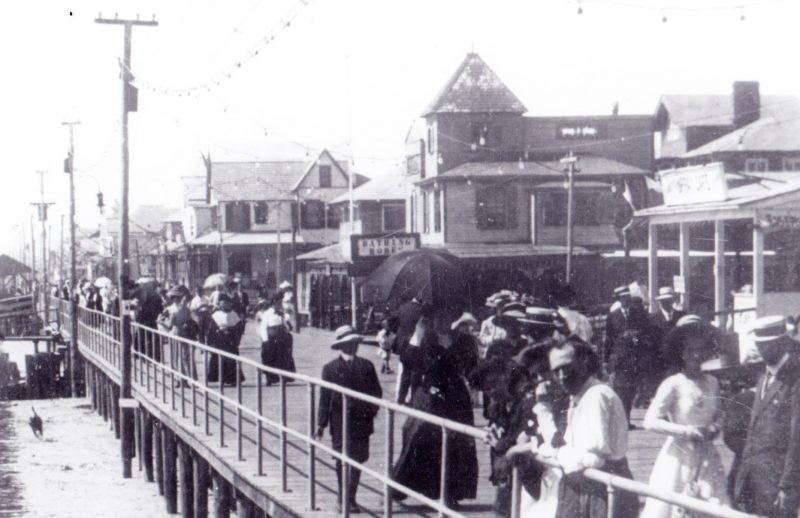
It’s no wonder that thousands of visitors made the sometimes arduous trek by train and by car to enjoy Sea Isle City.
To enjoy the collection of photos, literature, and artifacts, please visit the Sea Isle City Historical Museum at 48th Street and Central Avenue.
Access the website at www.seaislemuseum.com. Call 609-263-2992. Current hours are 10 a.m. to 3 p.m. on Monday, Tuesday, and Thursday, and 1 p.m. to 3 p.m. on Friday. Admission is free.
This “Spotlight on History” was written by Sea Isle City Historical Society Volunteer Bob Thibault. Photos were provided courtesy of the Sea Isle City Historical Museum.
